WIPP Radiation Release Briefing on Thursday, December 10th at 6 pm
![]() The Department of Energy (DOE) is hosting a briefing on Thursday, December 10th at 6 pm Mountain Standard Time about its plans to allow the Waste Isolation Pilot Plant (WIPP) to release plutonium and americium from the underground mine for several years.
The Department of Energy (DOE) is hosting a briefing on Thursday, December 10th at 6 pm Mountain Standard Time about its plans to allow the Waste Isolation Pilot Plant (WIPP) to release plutonium and americium from the underground mine for several years.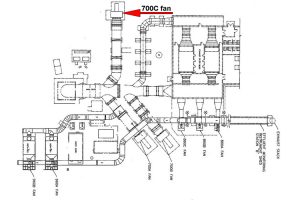 https://wipp.energy.gov/ The first phase, occurring on December 17th, is a 4-hour test of the contaminated 700-C ductwork and fan. The fan is located on the surface near the exhaust shaft.
https://wipp.energy.gov/ The first phase, occurring on December 17th, is a 4-hour test of the contaminated 700-C ductwork and fan. The fan is located on the surface near the exhaust shaft.
Since the February 14, 2014, radioactive release from the explosion of one or more nuclear waste drums in the underground, the airflow has been filtered to capture contamination. Also, the number of workers and equipment allowed in the mine has been reduced.
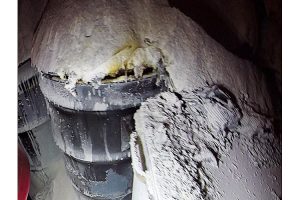 The explosion and release has cost taxpayers more than $2 billion. WIPP was closed for nearly three years. A Recovery Plan was issued in 2014 to direct future waste disposal operations.
The explosion and release has cost taxpayers more than $2 billion. WIPP was closed for nearly three years. A Recovery Plan was issued in 2014 to direct future waste disposal operations.
Thursday’s briefing should answer some questions, including important ones submitted by Don Hancock, Nuclear Waste Program Director, of the Albuquerque-based Southwest Research and Information Center (SRIC). http://www.sric.org/
In written comments, SRIC asks, “Why the fundamental change in how to provide underground ventilation? The September 30, 2014 WIPP Recovery Plan was predicated on preventing further radiation releases by not using the 700 fans and restoring ventilation through a three-phase process of interim ventilation, supplemental ventilation, and permanent ventilation. The first two phases are operating, but the permanent system, now called [the Safety Significant Confinement Ventilation System, or the] SSCVS, will not meet the Fiscal Year 2021 operational date. Why the SSCVS has failed is not discussed in the documents, nor its revised schedule and costs. The fundamental change to disperse, not contain, contamination is not justified.”
SRIC also raises concerns about the structural and maintenance status of the fan because it has not been operated for almost seven years. 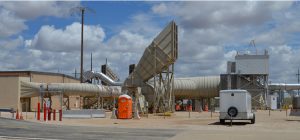 SRIC asks about the budgets for the proposed test and for running the fan until the permanent system begins operating two years from now.
SRIC asks about the budgets for the proposed test and for running the fan until the permanent system begins operating two years from now.
SRIC then addresses worker issues by asking, “What amount of reduced chemical exposure to underground workers will be achieved? The rationale does not include the range of chemical exposures received by underground workers in Fiscal Year 2020 and the expected amount 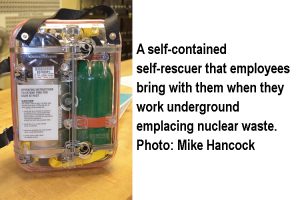 to be received by underground workers when the 700-C fan operates. How will the actual worker exposures be measured and data [be made] publicly available?”
to be received by underground workers when the 700-C fan operates. How will the actual worker exposures be measured and data [be made] publicly available?”
The briefing was announced on December 8th. Since the public had inadequate time to prepare, SRIC requested another interactive public meeting with more advance notice and more detailed materials before the 4-hour test occurs. sriccomm 700C120720
- Wednesday, December 16 from 5:30 to 7:15–
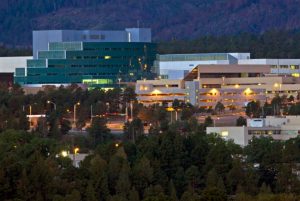 Semi-annual EPA Individual Stormwater Permit for LANL Public Meeting. For the draft agenda and more information, go to https://ext.em-la.doe.gov/ips/Home/PublicMeetings
Semi-annual EPA Individual Stormwater Permit for LANL Public Meeting. For the draft agenda and more information, go to https://ext.em-la.doe.gov/ips/Home/PublicMeetings
- Thursday, December 24th –
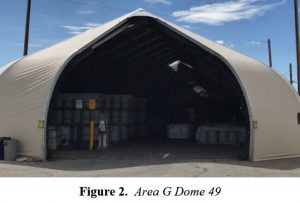 DOE’s response is due to the DNFSB re: Technical Report 46, Potential Energetic Chemical Reaction Events Involving Transuranic Waste at Los Alamos National Laboratory, https://www.dnfsb.gov/documents/letters/potential-energetic-chemical-reaction-events-involving-transuranic-waste-los
DOE’s response is due to the DNFSB re: Technical Report 46, Potential Energetic Chemical Reaction Events Involving Transuranic Waste at Los Alamos National Laboratory, https://www.dnfsb.gov/documents/letters/potential-energetic-chemical-reaction-events-involving-transuranic-waste-los
- Tuesday, January 19th at noon –
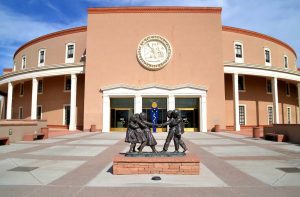 New Mexico Legislature begins 60-day session. https://nmlegis.gov/
New Mexico Legislature begins 60-day session. https://nmlegis.gov/
Tags: 700C Fan, Department of Energy, Don Hancock, Nuclear Waste Program Director, Safety Significant Confinement Ventilation System, Southwest Research and Information Center, SSCVS, Waste Isolation Pilot Plant, WIPP, WIPP 2014 Recovery Plan


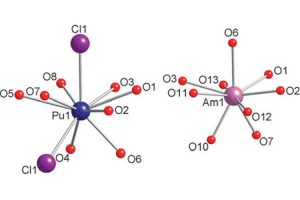













Comments
No comments so far.